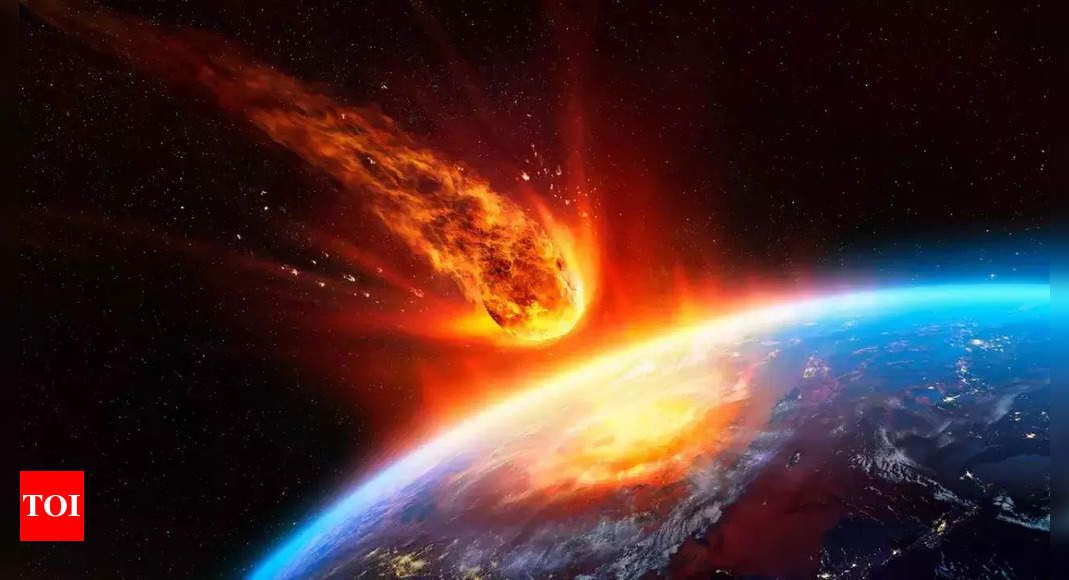Three Small Asteroids to Whizz Past Earth on December 11, 2024, Present Researchers with Unique Research Opportunities

Asteroid 2018 XU3 (89 feet wide) will make its closest approach at a safe distance of over 16 times the Moon's orbit from our planet.
NASA's Jet Propulsion Laboratory is closely monitoring three near-Earth objects set to pass Earth on December 11, 2024. These asteroids may seem insignificant given their small sizes but they offer unique research opportunities for scientists.
Firstly, Asteroid 2018 XU3 stands as the largest of the trio at an impressive 89 feet in width - roughly equivalent to the wingspan of a commercial airplane. This object will pass approximately 4 million miles away from Earth at its closest point, exceeding 16 times the distance between our planet and its natural satellite.
Asteroid 2024 XZ11 is slightly smaller, measuring 71 feet wide, but it poses an intriguing option for researchers due to its proximity to Earth — a notable 2.92 million miles away. Aided by higher-resolution imaging techniques, scientists will be able to scrutinize the asteroid's physical and chemical properties in greater detail.
Lastly, Asteroid 2024 XL11 is the smallest of the trio at just 20 feet wide, roughly comparable to the length of a small car. Despite its compact size, this object represents an especially rare opportunity for researchers — it will be the closest near-Earth object on record, hurtling safely past Earth by some distance over three times that which separates us from our nearest celestial neighbor; the moon.
The asteroid's minute proximity presents scientists with a unique chance to watch how these diminutive space travelers interact with our world's gravitational forces. Such small asteroids often originate from larger parent bodies and studying their behavior may uncover crucial details about structural integrity when they enter Earth’s atmosphere
Understanding near-Earth objects (NEOs) is fundamental for enhancing planetary defense and driving the future of space exploration forward, according to NASA. By tracking these celestial visitors we validate prediction models that enable early warning systems — safeguarding us from the potential risks of unwanted asteroid impacts
NASA tracks these asteroids not only because they pose little or no threat but also as an opportunity for in-depth research that might improve our ability to predict and respond to hazards that could potentially endanger the world. Moreover, by observing small objects interact with Earth's gravity these researchers can gather valuable data about how space debris move & operate.
As more asteroids like 2018 XU3 continue hurtling toward our celestial ball it highlights — we remain responsible for preserving knowledge that helps guide nations in mitigating hazards and harnessing the vast rewards of interstellar exploration.
